Get all the highlights as they happen at Car Design Dialogues Shanghai
Car Design News is back in China and boy is it shaping to be a good one. The show itself is already up and running and there are lauches aplenty, no doubt fuelling discussions ahead of this evening’s expert panels at CDD Shanghai.
Coming to you live from the Andaz Xintiandi, we will be joined by designers from the likes of BAIC, Kia, Dongfeng, GAC, Changan, Nio, Zeekr, SAIC and Zeiss.
Before things kick off, we must give an enormous shout out to our partners for the show. Our marquee partners Dinamica and Zeiss; premier partners BASF, Covestro, Pangea, studiokurbos and Swarovski Mobility; plus supporting partners Granstudio and Sekurit.
“Car Design News is delighted to be back in China after five years away,” noted editor-in-chief James McLachlan ahead of the first panel. “It feels long overdue.”
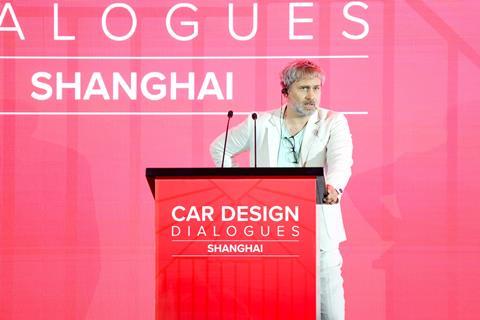
”We came back to Shanghai in September last year to take the temperature and to see what we’d missed in the time we’d been away. It turns out we’d missed quite a lot: the speed of development and creativity is utterly mind blowing. We got a taste of it a little bit at the show today.”
Now, it just so happens that it is the 100th anniversary of an art movement that began at the Paris Exposition in 1925: Art Deco. This was a short lived design movement in the broad scheme of things, but incredibly powerful and it soon moved across the globe.
In particular, it found very fertile soil here in Shanghai, says McLachlan, “where the new aesthetic merged with traditional Chinese forms to create Shanghai Deco, an incredible architectural design legacy that we see around the city today. I feel that synthesis – the cultural exchange between two different continents – and bringing creativity together across the world is very much the spirit with which we come with you to today.”
A solid opener from the editor-in-chief, we’d say. With the scene set, how will the first panel unfold?
Session 1: Redefining Interiors: technology, entertainment and material innovation
To get CDD going, we will first delve into how China is leading a transformation in car interiors through a convergence of cutting-edge tech and innovative materials.
The session is underway, although there’s still a little bit of a queue outside to squeeze people in. Hopefully they can filter in quickly, which brings us to the first point: speed of development and technology leadership. Zeekr’s Javier Garcia-Gallardo moved to China roughly a year ago to head up the studio here, and has observed some new working practices and consumer trends.
“The Chinese customer relationship with technology is very different to what I have been used to in Europe, and this is visible in many aspects of life,” he says. “From the way people order their groceries, interface with vehicles or other types of consumer products. Both society and legislation here is much more open to try new technologies.” He adds that, in general, “the relationship with technology is evolving and [imporantly] the trust in the technology is very different here.”
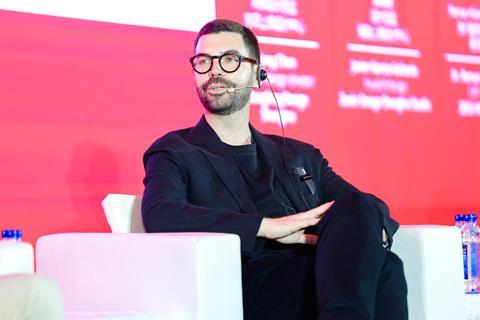
Roman Kleindienst, head of Zeiss Microoptics, addresses the notion that some designers might find it challenging to figure out how to integrate bleeding-edge technology within the car. “We can all see that technology has to be put into the car, and at the same time we hear from designers that it is not always the best thing if tecchnology is visible,” Kleindienst observes. “What we are offering designers is a kind of toolbox to seamlessly integrate infotainment, entertainment, safety features, detection features and more into the cockpit.”
It’s important to have a design story that Chinese customers can relate to
Kia’s Seungmo Lim gives his view on the kind of entertainment that Chinese drivers and passengers seem to be after. Rather than pinning down specific features, he points to the underlying function of over-the-air (OTA) software updates that allow designers to continue offering new things (or tweaking old features) as time goes on. “It starts to become something more meaninful for the customer for a much longer time,” he notes. “In a way, technology closes the gap between designers and customers.”
Dongfeng’s Yang Chao highlighted the concept of feng shui when it comes to interior design, creating harmony not only in terms of layout but also the integration of technology. Building on that, Zeekr’s Garcia-Gallardo says it “is very important to have a good design story that the Chinese customer can relate to.” In particular, designers should pay attention to the different forms of luxury which are evident in China’s landscape, from modern high-rises to the temples and palaces of the Forbidden City. “We try to take these design philosophies from Chinese history and represent them in the portfolio of products through a more modern and progressive interpretation.”
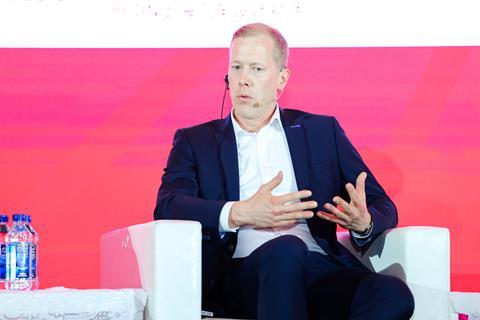
What role do suppliers play in all of this? Do designers come up with these incredible products and simply lean on off-the-shelf products to enable that? Not exactly. “We talk with all the people involved in such development processes,” affirms Kleindienst of Zeiss. “The most important thing for us is to understand the expectations of the customers and to develop products alongside our partners, and of course the designers play a very important role in that.”
We have access to a lot of data. The challenge is in finding the gems
The panel circles back to the idea of technology integration. Should it be in your face, celebrated and visible wherever possible? Or, should it be hidden in the background, ready to serve like a good butler. It’s difficult to say because consumer expectations and desires are constantly evolving, in China more so than anywhere else. The constant feedback loop of what consumer want is useful, but does that also present challenges to designers who work to much longer timelines?
“We have access to a lot of data – how often our customers use a voice assistant and whether they activate it by a button or by voice; or how many times the customers use the memory buttons in the door or wherever,” says Zeekr’s Garcia-Gallardo. “But the big challenge is how to filter it find the real gems. From a design perspective, this data can definitely add value, it’s just a very complex world.”
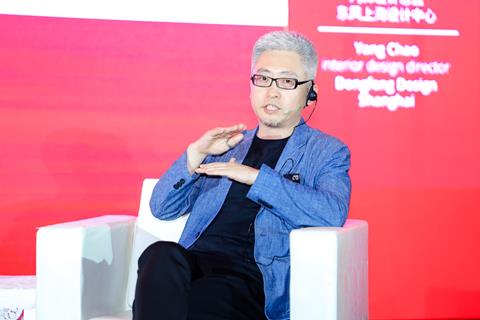
Now, a session on automotive technology, interiors and innovation would not be complete without a mention of autonomous cars. “There is definitely a race in that specific industry,” notes Garcia-Gallardo. “Yes, a race, but no one’s actually driving,” laughs McLachlan.
But this is not necessarily the forum to discuss LiDAR versus camera or The Trolley Problem, and more about interior layouts. “We do have to think about different user scenarios and the user experience, whether we are facing each other, taking a nap while you wait for your children or re-charge,” says Kia’s Seungmo Lim. “The vehicle itself has a good sound system, display, noise isolation, everything. It is the perfect space whether you want to nap, play some games if you are bored. There are so many different user scenarios.” However, he adds, “even today when the car is stationary there is also plenty of opportunity.”
Zeiss’s Kleindienst points out that in order to create a relaxing, homely feeling in the cabin, it’s probably best to hide the necessary monitoring equipment relating to partially-autonomous driving systems, which check if a driver is paying attention.
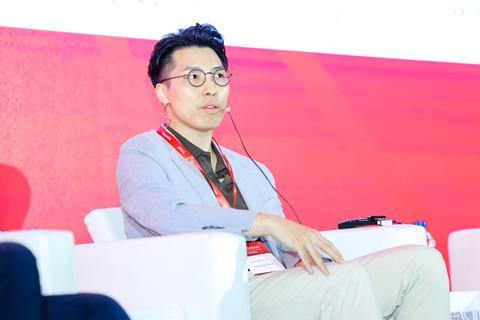
Session 2: Fireside chat with SAIC’s Jozef Kabaň
One-on-one, this time. Jozef Kabaň has promised us a first look at his vision for SAIC’s future, exploring the fusion of Eastern innovation and Western craftsmanship for a bold new design identity.
One key takeaway was that with such a fast-paced market, it can be challenging to let something sit and mature. To release a product and give it time to grow. This is quite a stark contrast between Western and Chinese car design.
Session 3: Bridging cultures in automotive design
Some big names here too. This panel will explore the contrasts and synergies between Chinese and Western car design, among other things. Grab the popcorn.
First up is Anthony Lo, who joined BAIC recently from Ford where he spent much of his time split between Dearborn and Paris. The question? How can designers fight against the notion of homogeneity in Chinese design?
In China we have to deliver good results very quickly
“Most foreigners coming into China would have the impression that there’s a lot of homogeneous design going on, particularly on interiors. But now I’ve had a chance to be on the inside and understand this a little better,” he says.
“From my point of view, we have an extremely shortened design development process compared to other OEMs around the world,” Lo continues. “In China we have to deliver good results very quickly – something that will probably do well in surveys or in the market in a very short timeframe. What happens when you have a short timeframe is you tend to choose something that is easy to like, and something that is working well already on the market.”
Networking: have at it!
That’s the evening’s content wrapped up, folks. What a return – thank you to the hundreds that could make it and we will see you again at the next one.

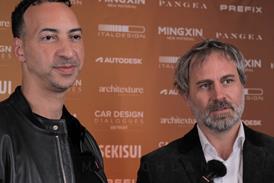
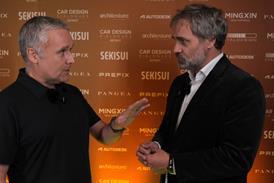
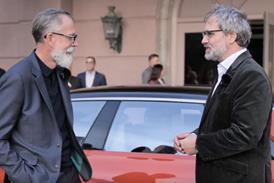
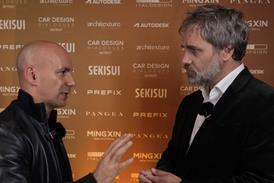





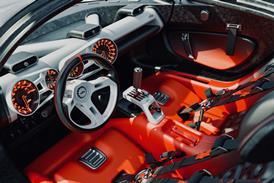


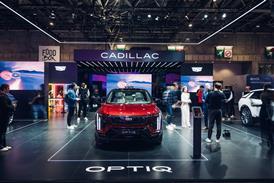
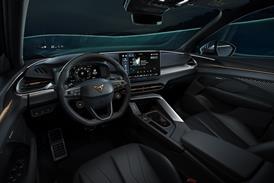
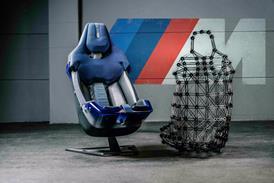

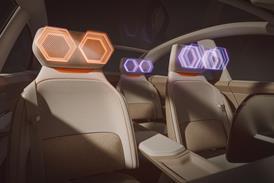
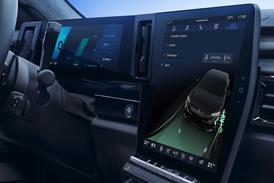
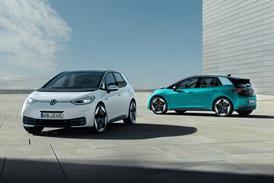
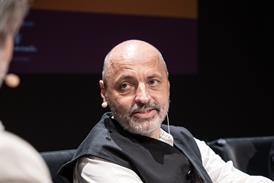
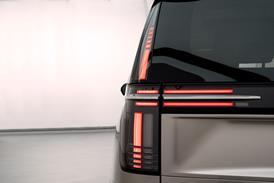
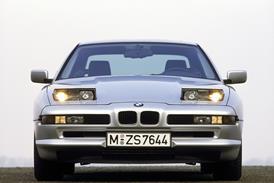






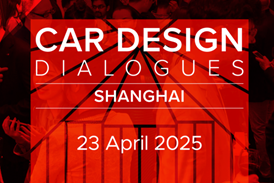
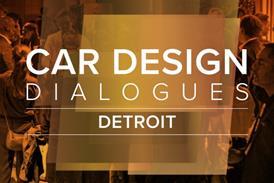
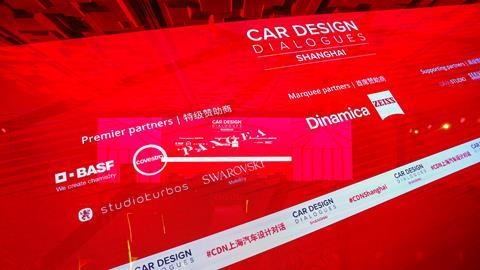
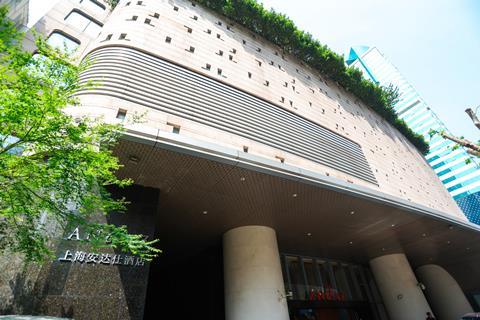
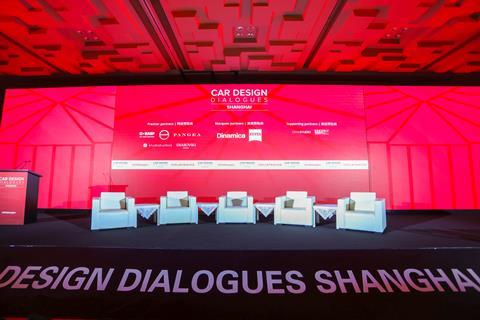
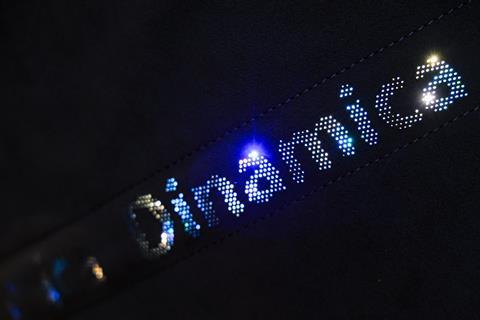
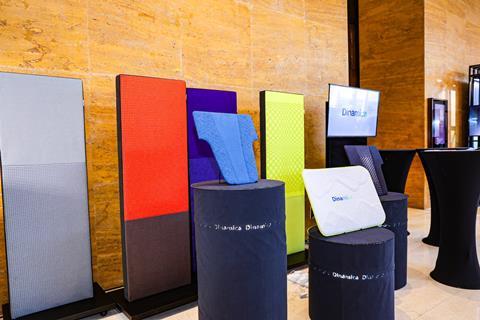

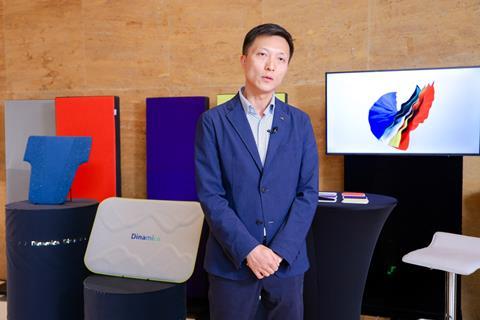
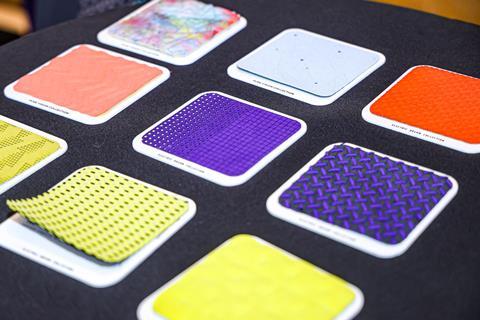
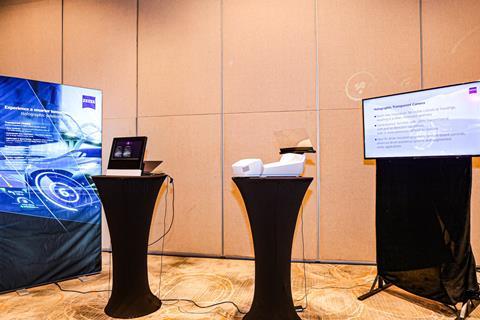
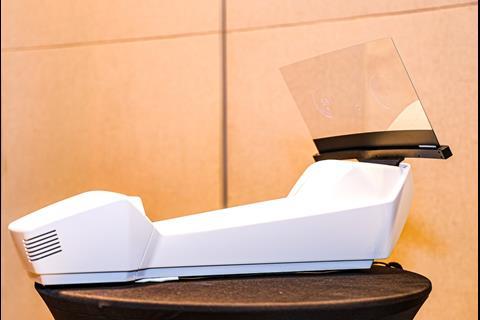
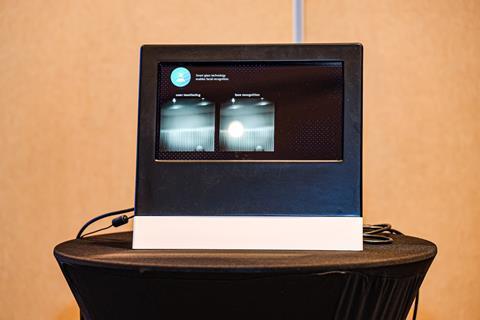
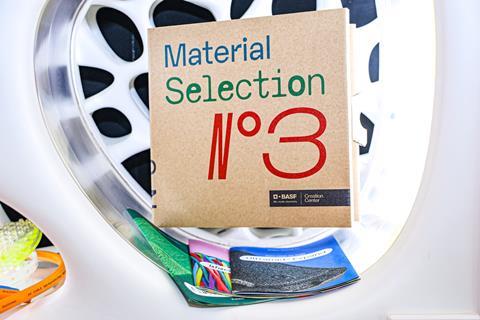
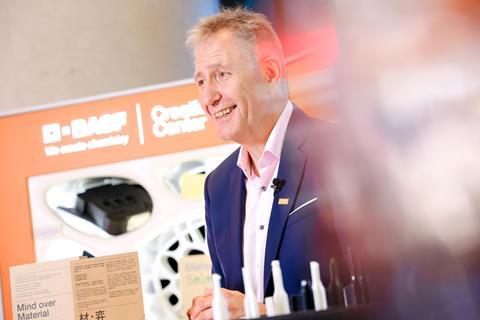

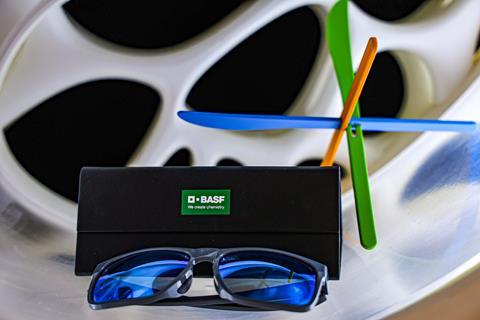
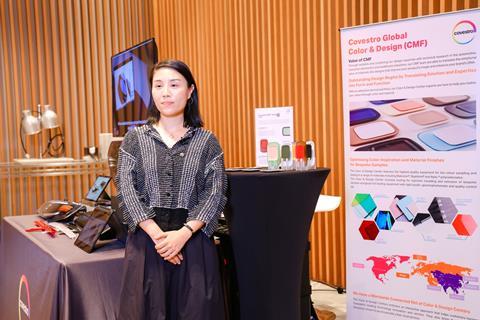


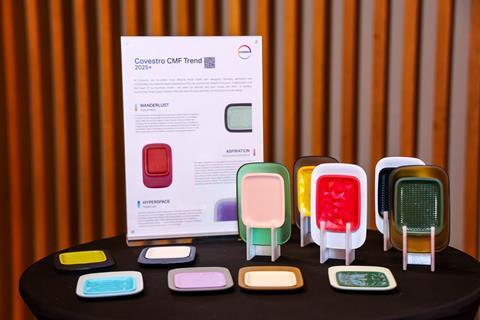

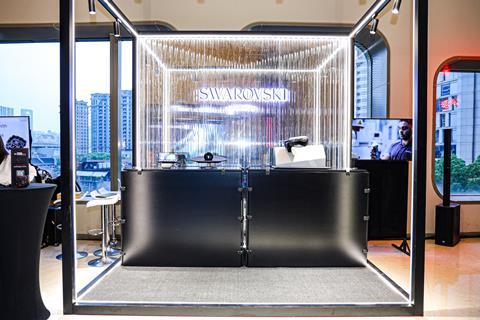
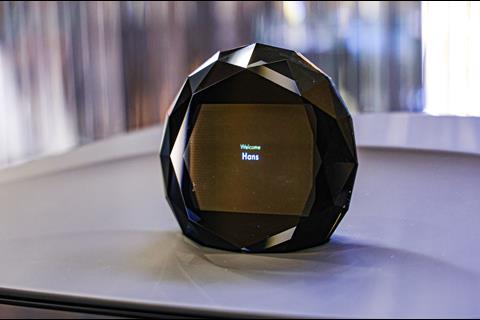
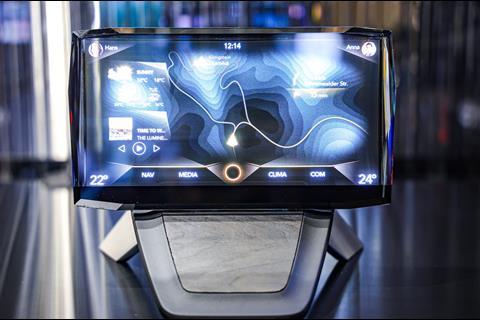
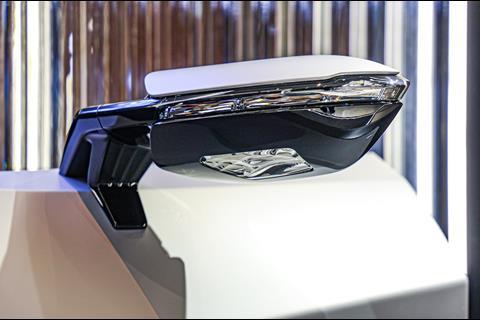

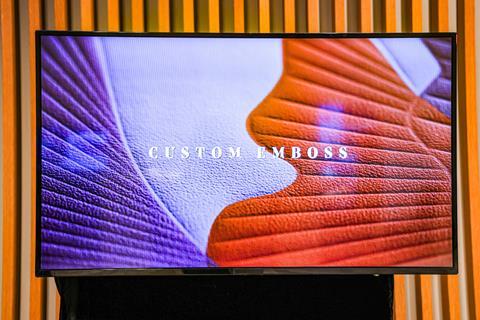
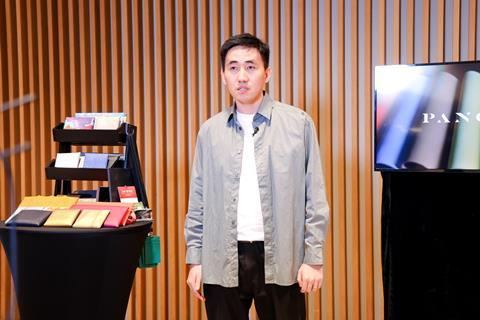
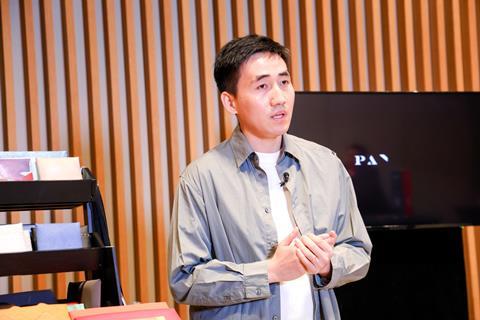
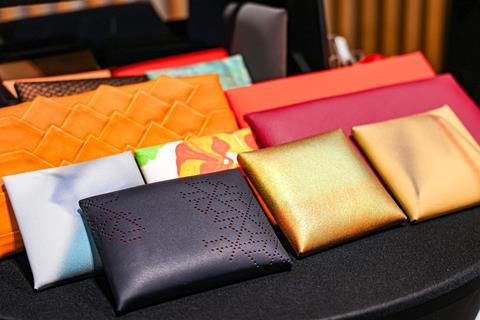
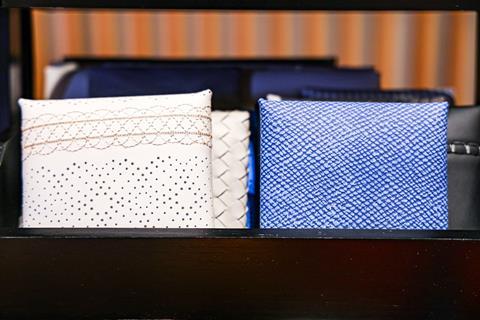
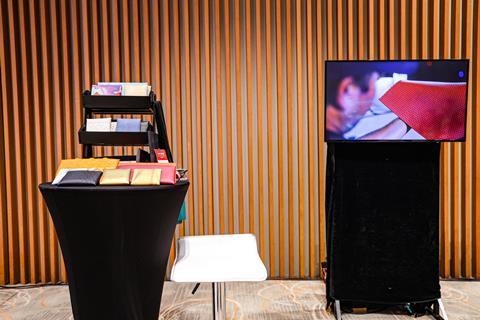
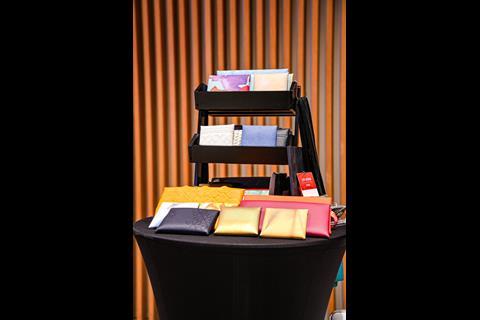


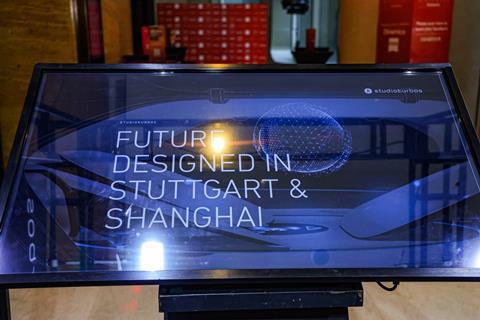
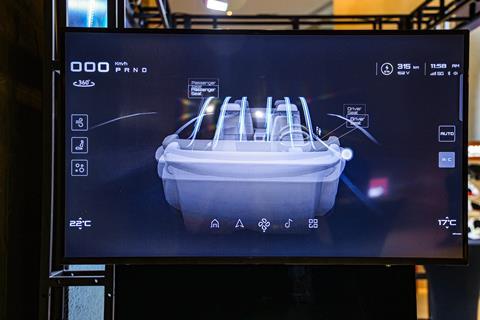

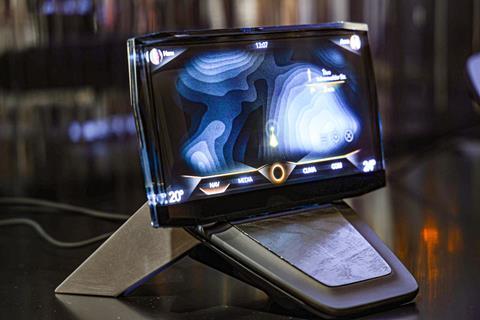
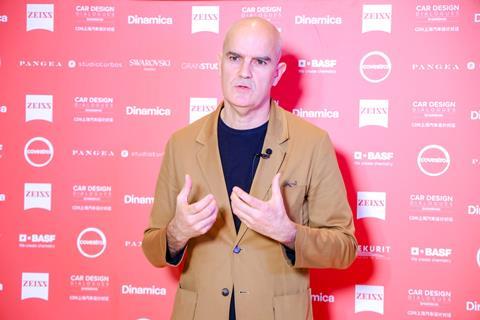

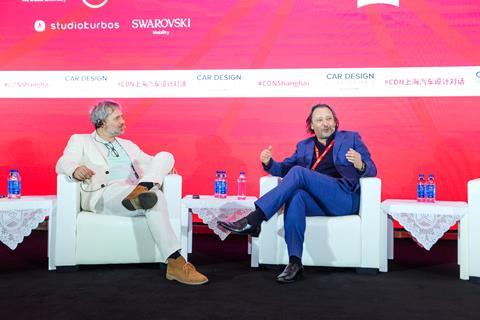


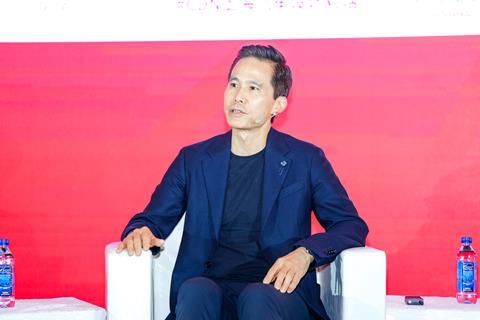
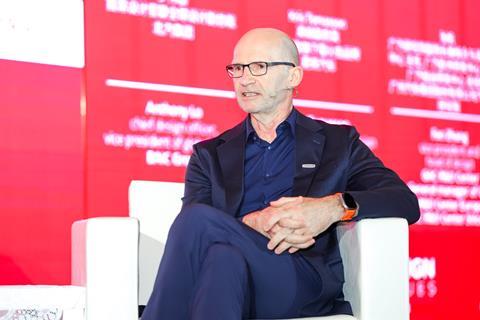
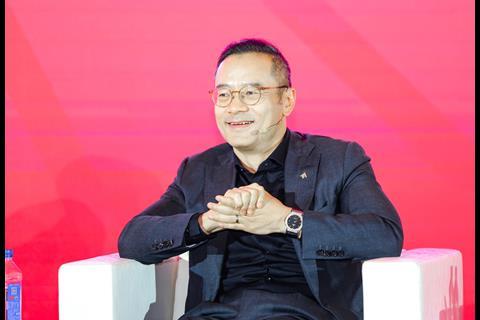

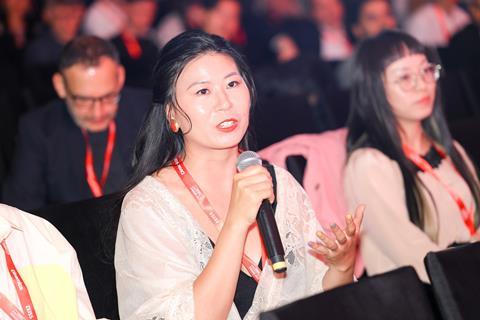

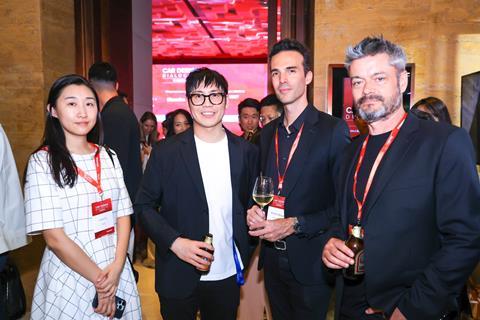
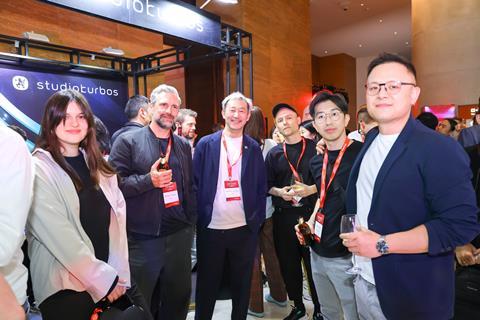
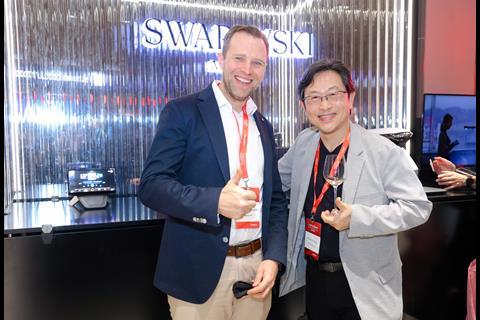
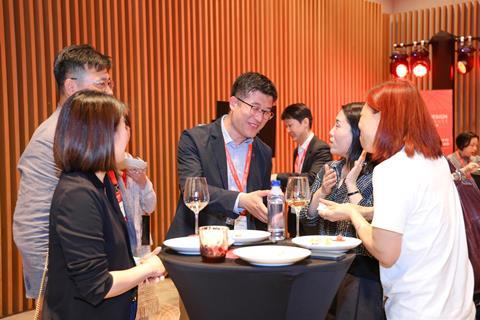
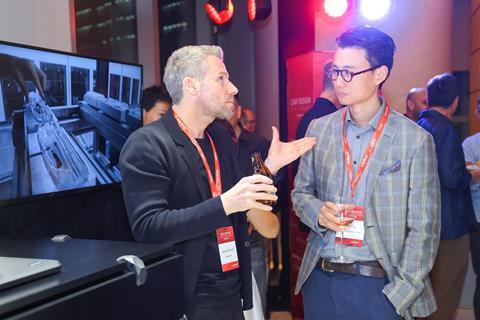
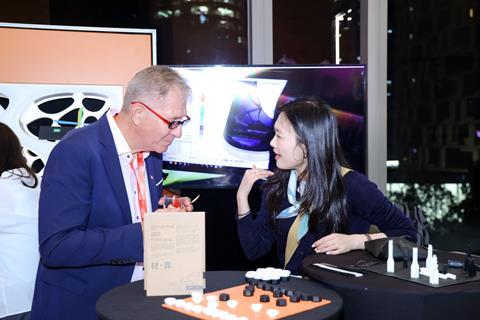
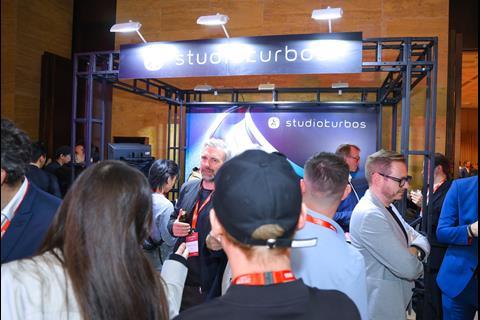
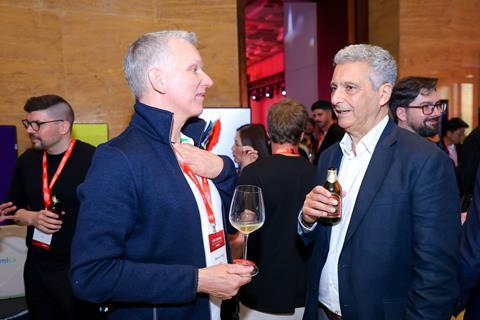
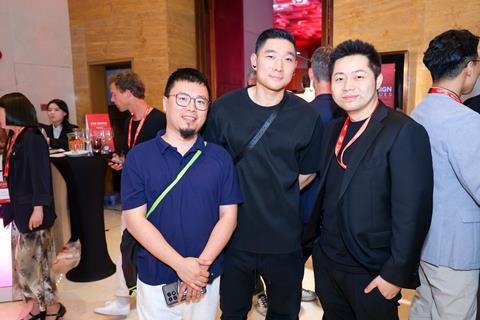



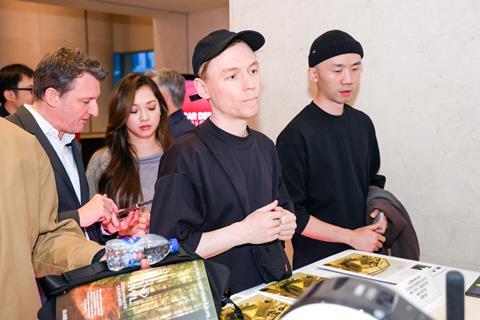

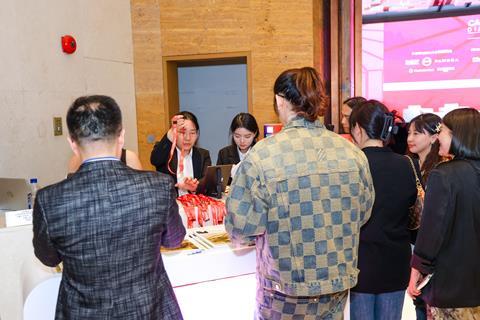

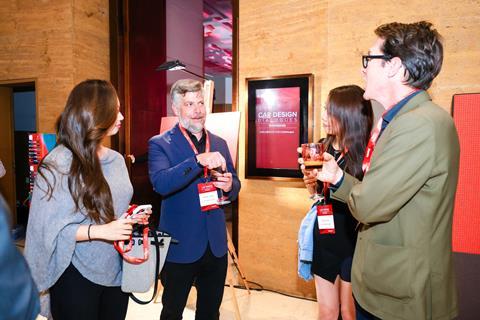
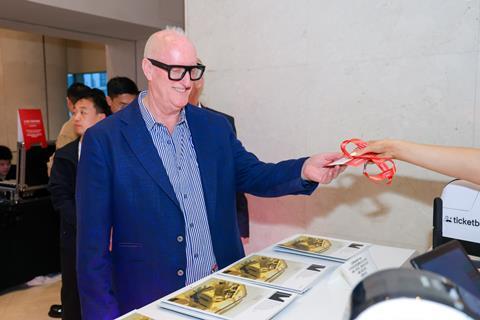
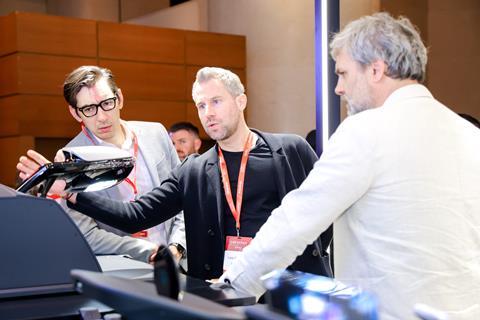
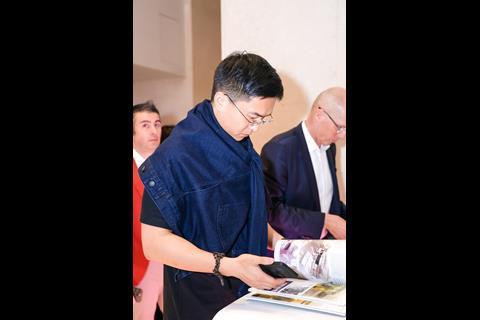


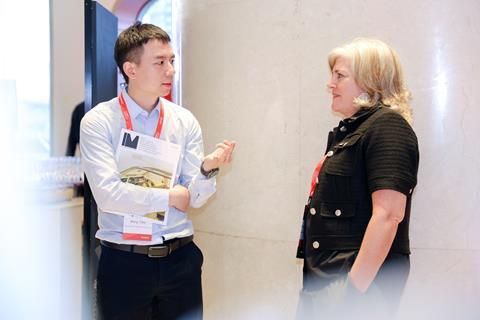
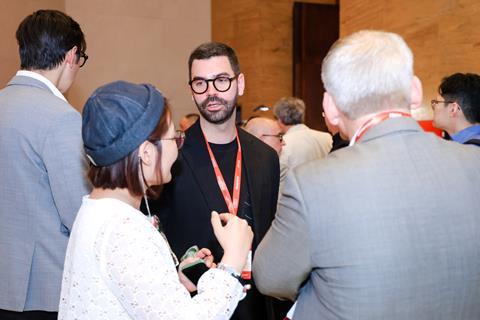
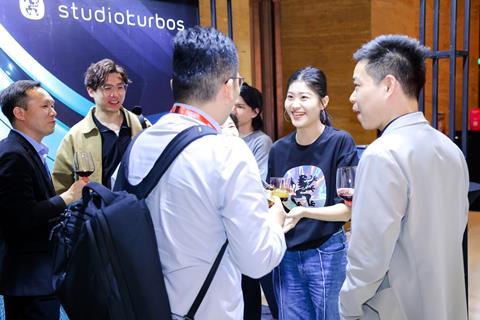
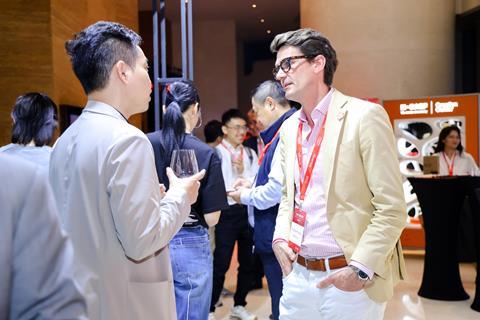
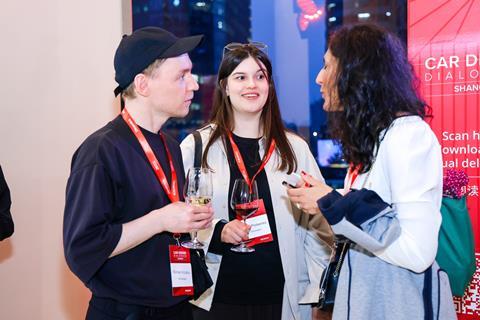
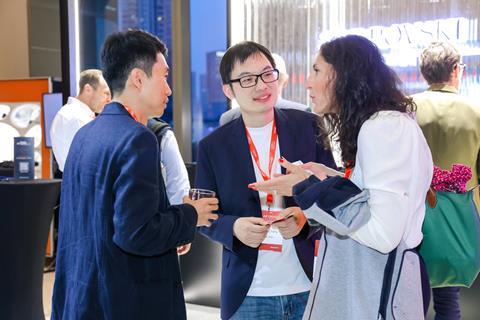
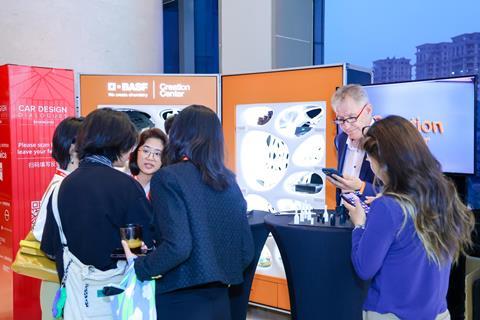



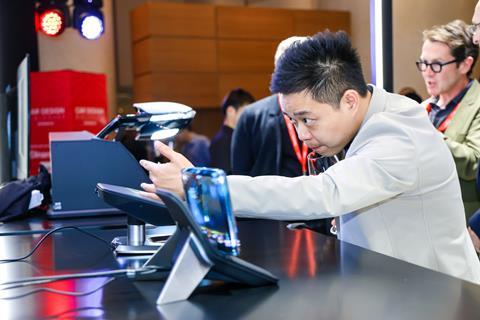

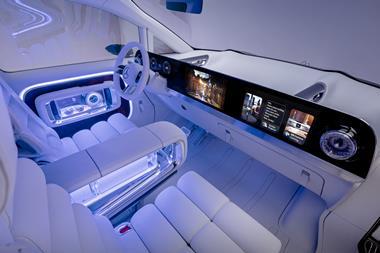



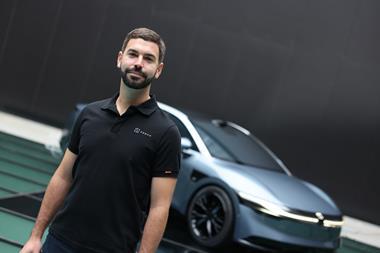
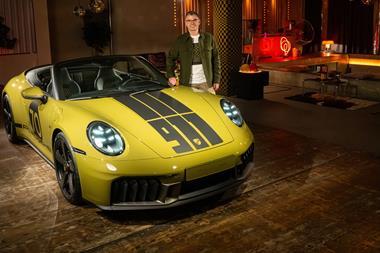



No comments yet